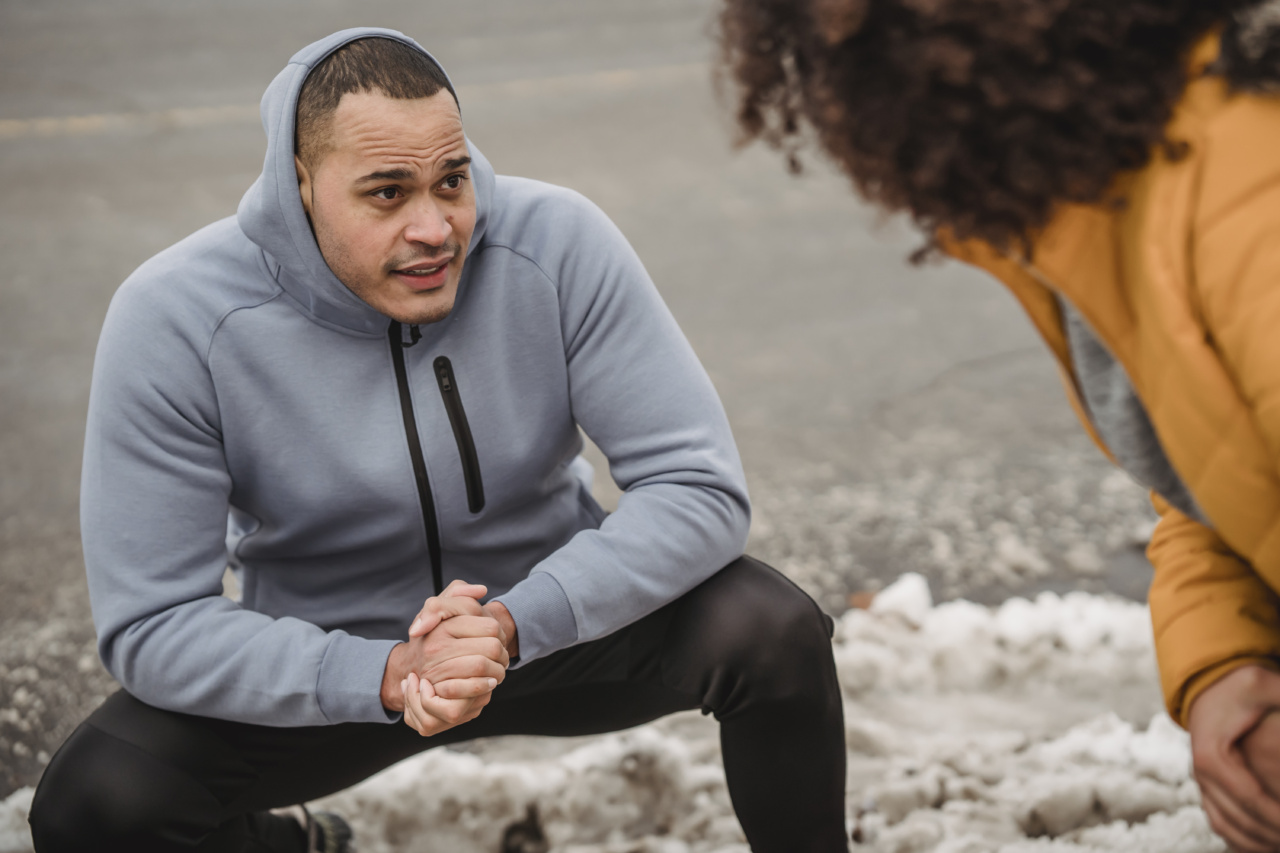As we age, maintaining balance and improving bone density becomes increasingly important for our overall health and well-being. Engaging in low-impact exercises not only helps to support these aspects but also reduces the risk of falls and fractures.
In this article, we will explore some effective low-impact exercises that can improve balance and bone density.
1. Walking
Walking is an excellent low-impact exercise that can be easily incorporated into daily routines. It helps to strengthen the muscles and bones in the lower body while enhancing balance and coordination.
Aim for at least 30 minutes of brisk walking most days of the week to make the most of this exercise.
2. Cycling
Cycling is another low-impact exercise that promotes balance and bone density. It is gentle on the joints and can be customized to fit individual fitness levels.
Whether you prefer outdoor cycling or using a stationary bike, it is an effective way to engage multiple muscle groups while supporting bone health.
3. Tai Chi
Tai Chi is a Chinese martial art that integrates slow, gentle movements with deep breathing and meditation. It is widely known for its ability to improve balance, flexibility, and bone strength.
Practicing Tai Chi regularly can also reduce the risk of falls, making it an excellent choice for individuals looking to enhance their overall stability.
4. Yoga
Yoga is not only a great way to improve flexibility and strength but also supports balance and bone density. It involves various poses and postures that engage multiple muscle groups, promoting stability and coordination.
Additionally, certain yoga poses can help in building bone strength and reducing the risk of osteoporosis.
5. Pilates
Pilates is a low-impact exercise system that focuses on core strength, flexibility, and body awareness. It can be done using specialized equipment or simply with a mat.
Pilates exercises typically target the muscles needed for better balance and posture, while also supporting bone health.
6. Swimming
Swimming is an excellent low-impact exercise that is easy on the joints, making it suitable for individuals of all fitness levels. It provides a full-body workout, engaging various muscle groups while supporting bone density.
Consider incorporating different swimming strokes to ensure a well-rounded exercise routine.
7. Water Aerobics
Water aerobics offers the combined benefits of resistance training and cardiovascular exercise in a low-impact environment.
The water’s buoyancy reduces the impact on joints, making it a suitable exercise for individuals with arthritis or joint pain. Regular participation in water aerobics classes can help improve balance and strengthen bones.
8. Resistance Training
Engaging in resistance training exercises such as weightlifting or using resistance bands can significantly improve bone density. These exercises put stress on the bones, prompting them to become denser and stronger.
It is important to start with light weights or resistance and gradually increase as your strength improves.
9. Balance Exercises
Specific balance exercises can be incorporated into your routine to improve stability and reduce the risk of falls.
Simple exercises like standing on one leg, walking heel-to-toe, or doing yoga poses that challenge balance can make a significant difference. It is recommended to perform these exercises under the guidance of a qualified instructor.
10. T’ai Chi Chih
T’ai Chi Chih is a modified version of Tai Chi that involves practicing a set of 19 gentle movements and one pose. It can be easily learned by individuals of all ages and requires no special clothing or equipment.
Regular practice of T’ai Chi Chih has been shown to improve balance, flexibility, and bone density.
Conclusion
Incorporating low-impact exercises into your routine is essential for maintaining balance and improving bone density, especially as you age.
Whether you choose activities like walking, cycling, Tai Chi, yoga, swimming, or resistance training, consistency is key. Consult with a healthcare professional, particularly if you have any underlying health conditions, before starting a new exercise program.
By committing to regular physical activity, you can support your overall well-being and enjoy a healthy, active lifestyle.




























